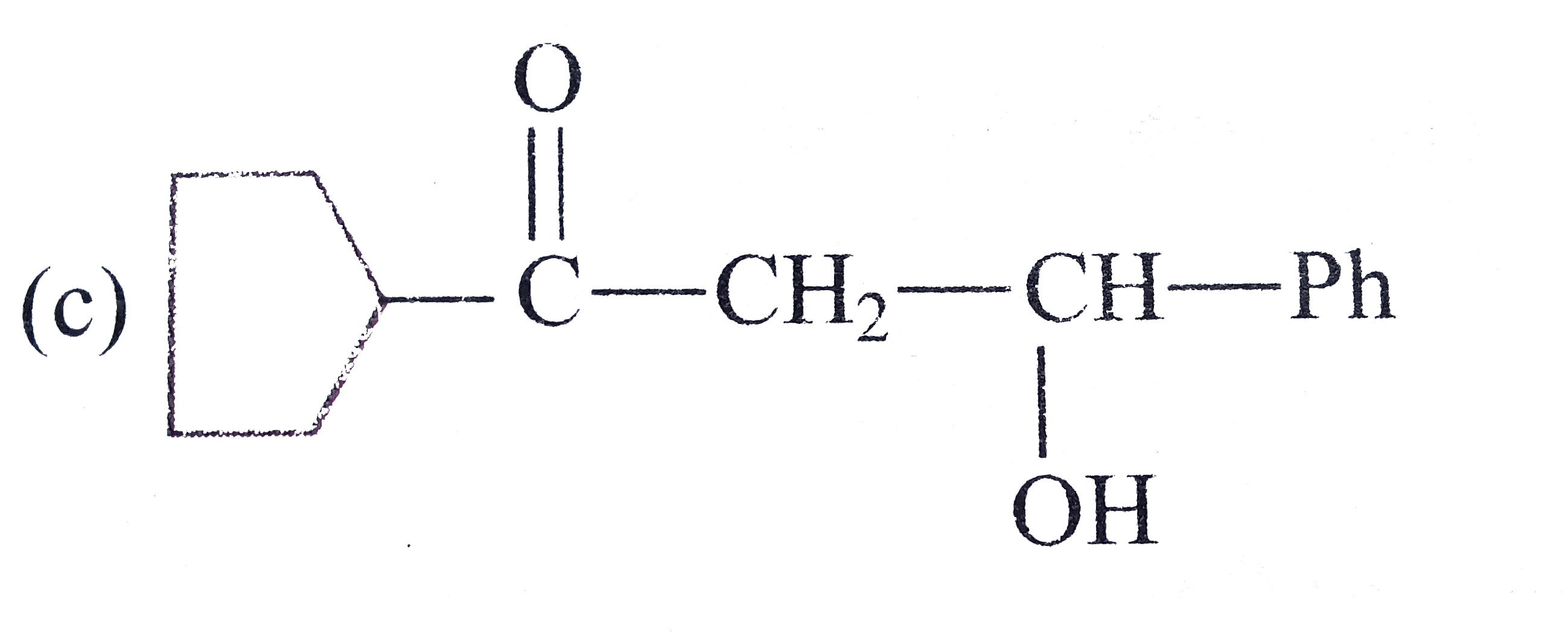Amino acid(1 mole)NaOH+CaO−−−−−−−−−−→Δ gas evolved
Pass in−−−−−−−→Lime watersalt0.1999kg
Amino acid having
Two NH2 groups
One - COOH group
Two - COOH groups
Three - COOH groups
The correct Answer is:C
To solve the problem, we need to analyze the information provided and determine the type of amino acid based on the reaction and the amount of gas evolved.
1. Identify the Reaction: The amino acid reacts with NaOH and CaO, which indicates a decarboxylation reaction. This reaction typically involves the removal of a carboxyl group (-COOH) from the amino acid, releasing carbon dioxide (CO2) gas.
2. Determine the Gas Evolved: In a decarboxylation reaction, for each carboxylic group present in the amino acid, one mole of CO2 is released.
3. Analyze the Given Data: The problem states that 0.1999 kg (or 199.9 grams) of salt is formed when the evolved gas is passed through lime water. The salt formed from CO2 reacting with lime water (calcium hydroxide) is calcium carbonate (CaCO3).
4. Calculate Moles of Salt: The molar mass of calcium carbonate (CaCO3) is approximately 100 grams/mole. To find the number of moles of CaCO3 formed:
Moles of CaCO3=mass of CaCO3molar mass of CaCO3=199.9 g100 g/mol=1.999 moles
This can be approximated to 2 moles.
5. Relate Moles of CO2 to Carboxylic Groups: Since 1 mole of CO2 is released for each carboxylic group in the amino acid, and we have 2 moles of CO2, it indicates that there are 2 carboxylic groups present in the amino acid.
6. Conclusion about the Amino Acid: The amino acid must have 2 carboxylic groups and 1 amino group (NH2), which indicates that it is a dicarboxylic amino acid.
Final Answer:
The amino acid has two carboxylic groups.
Moles of CaCO3=mass of CaCO3molar mass of CaCO3=199.9 g100 g/mol=1.999 moles
This can be approximated to 2 moles.
The amino acid has two carboxylic groups.
Topper's Solved these Questions
- BIOMOLECULESBOOK - AAKASH INSTITUTECHAPTER - BIOMOLECULESEXERCISE - EXERCISE (ASSIGNMENT) SECTION - C Previous Years Questions
25 Videos
- BIOMOLECULESBOOK - AAKASH INSTITUTECHAPTER - BIOMOLECULESEXERCISE - EXERCISE (ASSIGNMENT) SECTION - C Previous Years Questions (Questions asked Prior to Medical Ent. Exams. 2005
33 Videos
- BIOMOLECULESBOOK - AAKASH INSTITUTECHAPTER - BIOMOLECULESEXERCISE - EXERCISE (ASSIGNMENT) SECTION - A Objective Type Questions
50 Videos
- AMINES BOOK - AAKASH INSTITUTECHAPTER - AMINES EXERCISE - Assignment Section -J (Aakash Challengers Questions)
9 Videos
- CHEMICAL BONDING AND MOLECULAR STRUCTURE BOOK - AAKASH INSTITUTECHAPTER - CHEMICAL BONDING AND MOLECULAR STRUCTURE EXERCISE - Assignment Section J (Aakash Challengers Questions)
10 Videos
Similar Questions
Knowledge Check

A+BNaOH−−−→Δ Product :A B
B C
C DPh−CH=CH−O∣∣C−Ph
DPh−CH=CH−O∣∣C−Phϕ−CH3KMnO4−−−−→ΔASoda Lime−−−−−→ΔB
Compound B is :ATolueneBBenzeneCCresolDBenzaldehyde(i) A(A morphous solid)O2−−−−−→airBlime water−−−−−→milky
(ii) Metal sulphide roasting−−−−→BgasKMnO4/H+−−−−−−−−→decolorisation ofKMnO4
(iii) B(gas)Fe3+−−→Fe2+
Correct statement isAA is FeOBB is CO2CB is SO2DA is ZnS
CH3−C≡N+H2O(excess)H+−−→ANaOH+CaO−−−−−−−→ΔB
B is ?
View Solution
I2/NaOH−−−−−→ΔH+−−→Δ−−→A,
A is
View SolutionGlucoseGalactoseAmino acidsA−−→EpithelialCell of villusB−−→Blood capillaryof villus
A and B respectively are
View SolutionIn the reaction,
CH3COOHNaOH−−−→HeatXNaOH, CaO−−−−−−→Y, Y is
View SolutionBenzoic acid Δ−−−−−−−→NaOH+CaO Product will be
View Solution
